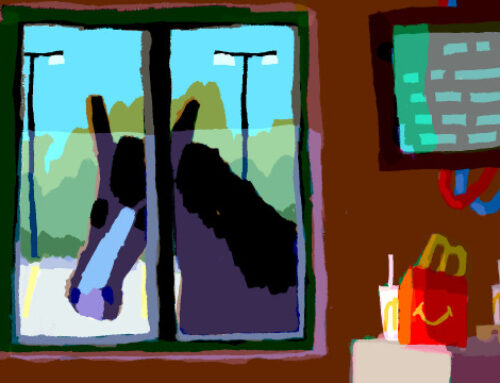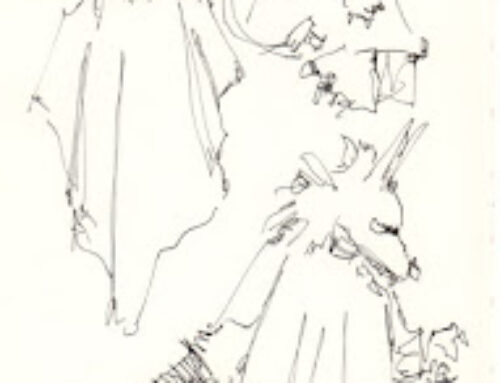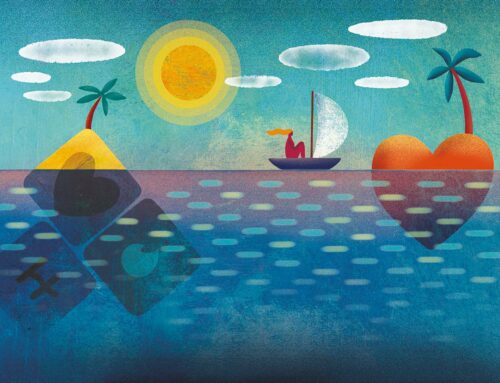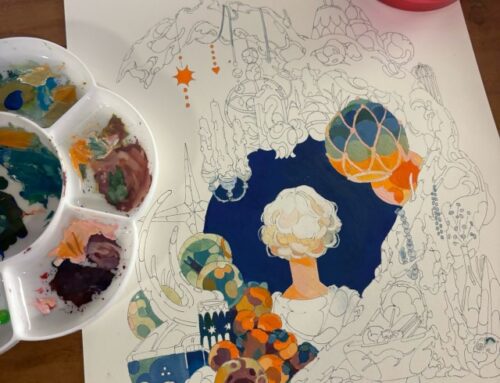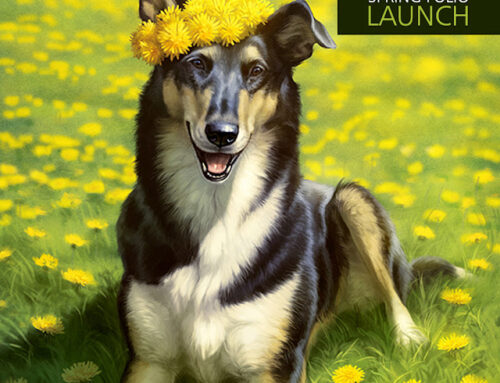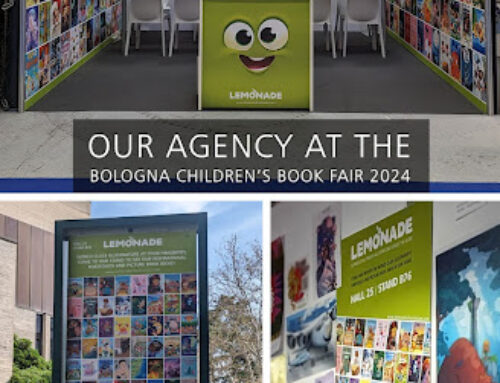Interview with Steven Noble
“A good logo will transcend time.
When it’s done right, people will experience it and identity with it over and over again…”
Steven Noble has been called the hardest working man in illustration. And given his massive portfolio—which includes thousands of projects completed over nearly two decades—we’d have to agree. In this issue of Ascender, we find out what makes this prolific commercial artist a cut above the rest.
Your portfolio is bursting at the seams with big-name clients—Sam Adams, Altoids, Kraken rum, to name just a few. How did you discover your tremendous talent?
Illustration has always been an interest of mine. Commercial art obviously wasn’t a concept I was aware of as a child, but I drew as a kid—just doodling on whatever surface I had in front of me. My father was a portrait painter, and he had a great influence on me. I’m lucky to have inherited many of his qualities and his love for art.
Believe it or not, I went to college at the University of California Davis and actually majored in economics. It wasn’t until after I graduated that I met a commercial artist through my mother and learned about the field. He saw my work and recognized that I had this talent; I saw his studio and recognized that this type of career is a viable one.
It seems you’ve built much of your career on the technique known as scratchboard. Can you tell us how it works and how you discovered the form?
Unlike traditional illustration, where you’re adding dark strokes to a light-colored medium like paper, scratchboard works in the opposite direction. You start with a block and you carve away the dark portions to reveal the light. You sort of peel back the surface and the artwork reveals itself in reverse.
I’ve always loved line art and I’ve sketched in black and white my whole life. I needed to find a specialty—as an artist it’s really important to find your niche, so that you can refine a skill set and establish a unique style. I’m a great fan of work by artists like engraver Albrecht Dürer, so I started toying with scratchboard. The more I worked with it, the more engrossed I became.
Your work runs the gamut from editorial illustration to logo design. What’s your favorite type of project?
That’s a tough one … I think choosing a favorite type of project is a little like picking a favorite child. I love them all in different ways. Editorial, for example, can really let me stretch my creative legs and run with a concept. On the flipside, editorial artwork is fleeting—it’s the kind of thing people see once and may never go back to. Logo design, on the other hand, can sometimes be a little more restrictive creatively—say, if I’m working within an existing brand. But a good logo will transcend time, and people will experience it and identify with it over and over again. Some of my clients are still using my logo designs 15 years later.
Fair enough—we won’t make you play favorites. But is there a single project that stands out in your mind?
The identity for SLS Hotels in Beverly Hills probably tops my list. The logo was a significant challenge because it needed to include a number of individual components—my solution was this group of mischievous monkeys hanging from a chandelier in a Baroque style, each with its own personality and holding an object that represents the luxury of the brand, such as a fork or mirror. I started with pencil sketches and continued to refine the design through a few revisions, each time adding new elements. I used an X-acto knife to create the engraved lines on a clayboard background, and ultimately scanned the separate elements into a layered Photoshop file, so that the design could be used digitally in multiple ways.
An animated version of the logo was used on the SLS website, where the monkeys actually jumped onto the chandelier. The design was also used to create a three-dimensional bronze logo and headboard ornament for the hotel’s rooms.
Earlier this year you completed a series of stunning motion graphics for Kraken rum. Can you tell us a bit about that process?
This was a monster project—no pun intended. We worked for about three and a half months to pull it all together. I collaborated with a design firm and a team of animators to bring everything to life.
The animators built a wireframe of the scene, and I provided all the illustrations. The whole scene was built in four of five layers, so I’d provide the tentacles, for example, and then go back and draw the shadows on another layer and the lighting on another. Then they’d drop my illustrations into their software and work their magic. I always enjoy collaborating with other designers, so this was great fun for me.
>> See Steven’s Kraken animations
Another interesting project we’ve seen from you recently is a rebranding campaign for Got Milk? How does rebranding differ from other work?
For this particular project, I was commissioned to illustrate old-fashioned woodcuts that harkened to the ’30s and ’40s. Digital production firm Silk Tricky turned the illustrations into awesome motion graphics for a fun new website and TV spots.
Rebranding projects can bring their own set of challenges, but it varies by client. Sometimes the client wants a clean break with tradition to develop something totally new, which is in line with what I did for the Got Milk? campaign.
Other times, you have to consider a more gentle shift within the existing brand. I remember working on the Coors logo about 15 years ago. Coors wanted to update their traditional waterfall while maintaining that “high in the Rockies” feel. The original logo had a wide, rushing waterfall and Coors ultimately decided to go with a narrow, Yosemite-style waterfall for the new design. So we did some preliminary sketches with a new waterfall and followed that with test marketing that went really well. Then, at the last moment, the CEO stepped in and had us switch back to a wide-style waterfall. So we kind of came full circle, still updating the logo but keeping the same feel as the previous version.
After 20 years of client relations, what advice do you have for working well on such large-scale projects? How do you ensure that art is completed on time and within the agreed scope?
I can’t stress enough the importance of communication when working with clients. The more you ask, the more you discuss, the less will be left to chance.
Near the start of every project, I ask my clients to enter what I call the homework phase. This is where the client brainstorms internally and pulls together all the relevant material—research, thumbnails, samples, etc.— that will help give me something to work from.
For example, say a client wants an illustration of a dog. Seems simple enough, right? But what kind of dog? Do they want a portrait or a profile? Are there other elements to include? These details can create a drastic difference between a client’s vision and mine, so it’s important to work them out before I begin. It also helps guard against changes in scope later. Projects can shift like the sands, so forethought and proactive planning are a must.

